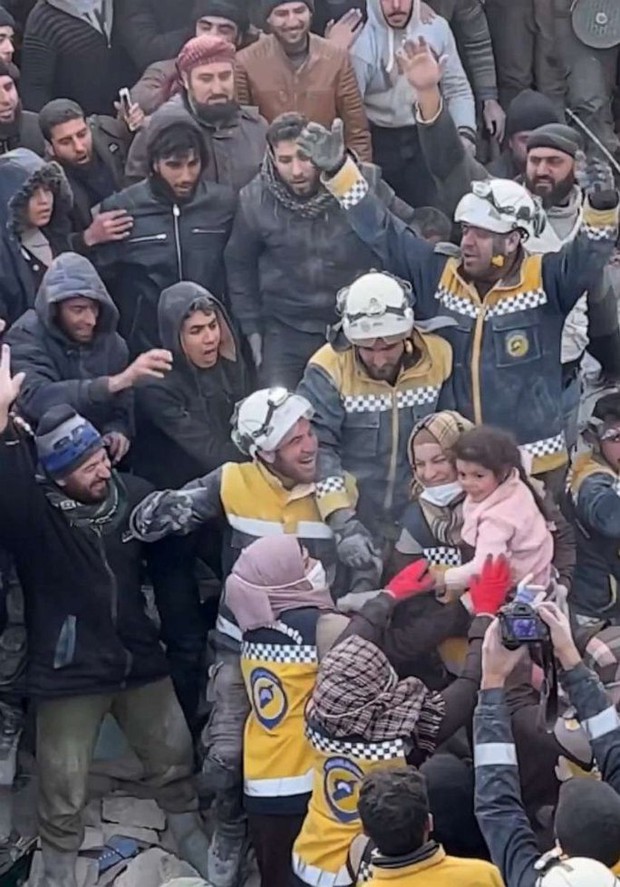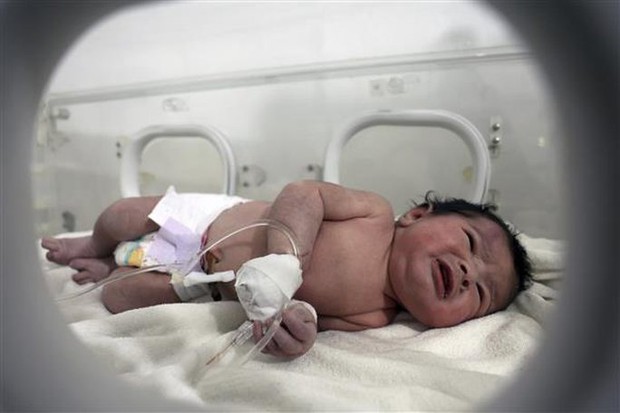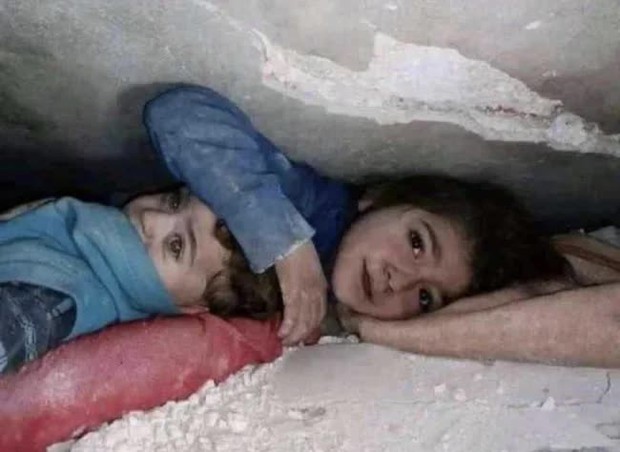Trending
Natural Disaster: Earthquakes in Turkey and Syria
On the morning of February 6, a magnitude 7.8 earthquake with an epicenter at a depth of 17.9 kilometers shook and collapsed 4,900 homes in central Turkey and northwestern Syria. According to new data updated on February 8, the earthquake killed nearly 9,000 people and injured more than 37,000.
The number of deaths in the earthquake in Turkey, and Syria has increased to more than 8,700 people, when rescue races with time to rescue survivors.
Turkey’s disaster response and emergency situation (AFAD) said that the number of people who died due to earthquakes had increased to 6,234 and more than 37,000 injured. In Syria, at least 2,470 people were dead, according to the government and the rescue forces in the Northwest, controlled by rescuers.
Thus, the total number of deaths due to the earthquake recorded this morning was 8,704. Officials in Turkey and Syria said the number will continue to increase significantly. A United Nations official said that thousands of children may have died.
Damage Is Difficult To Measure
On both sides of the border, the dawn earthquake woke people up, rushing out into the snow as buildings flattened and aftershocks continued. It is expected that the number of casualties will increase sharply as rescuers are still trying to find the victims in the rubble.
The earthquake was centered north of the city of Gaziantep — the capital of a Turkish province — that could be felt as far away as Cairo. It strikes an area that has been shaped on both sides of the border during more than a decade of civil war in Syria. On the Syrian side, the affected area is divided between government-held territory and opposition-held territory. Meanwhile, the territory affected by the earthquake in Turkey is home to millions of refugees from that conflict.

The U.S. Geological Survey (USGS) measured the magnitude of the Feb. 6 dawn quake at 7.8 on the Richter scale and reported a series of earthquakes following the initial tremor. Among them was a magnitude 6.7 earthquake in the city of Gaziantep, near the Syrian border, and another magnitude 5.6 in the city’s Nurdag area.
Despite the epicenter of the quake in Turkey, parts of Syria have been hit hard, including Aleppo and Idlib, which saw thousands of houses collapse. According to information from the United Nations, the need for humanitarian aid in northern Syria is huge, as there are millions of people already struggling to lose their homes due to the country’s persistent armed conflict.

Turkish Vice President Fuat Oktay said nearly 900 buildings had been destroyed in the country’s Gaziantep and Kahramanmaras provinces. He added that a hospital in the Mediterranean coastal city of Iskanderoun had collapsed, but casualties were not immediately identified. “Nearly 2,800 search and rescue teams have been deployed in disaster areas,” Vice President Oktay told reporters.
Rescue Teams Face Difficulty In Saving People
Rescue teams from the two countries are still struggling with rain and snow to find survivors. Rescuers worked hard in cold, wet weather and faced the risk of earthquake aftershocks. The priority is to rescue those trapped in the rubble. The number of casualties is expected to rise and rescue operations are challenging as new earthquakes continue to occur in Turkey and Syria.

In Turkey, people’s attempts to leave earthquake-hit areas cause traffic congestion, hampering efforts by emergency teams trying to reach the affected areas. Mosques have been opened to serve as shelters for people.
Some moments of Miracles
In the midst of the tragedy, there were reports of miraculous and dramatic rescues. According to the Syrian Humanitarian Organization Civil Defense (SCD), an entire family was rescued in Idlib province in western Syria on February 7.
Video footage of the rescue showed 2 girls and 1 boy being dragged out of the rubble of a building by members of the White Helmets to the cheers of the surrounding crowd. The three children were taken to ambulances. Two adults also appeared to be taken out of the collapsed building on stretchers. One of the 2 surviving girls, Beyz, 4 years old, is in good health.

In Jindires, Syria, a baby girl born among the rubble was rescued even though no one in her family survived. The girl’s relative, Saleh al-Badran, said that 7 members of the family – including their father, mother, and children – were all dead, with only the infant surviving.
Video footage of the rescue shows a man holding an infant after he was found in the rubble, the umbilical cord still attached to his mother. The girl was transported to the hospital, placed in an incubator, and is in stable condition.

In Turkey, a professional footballer is among more than 8,000 people rescued from the rubble so far. Athlete Christian Atsu, a player of the Hatayspor team, was injured in the earthquake.
In the Turkish city of Diyarbakir on February 7, rescuers rescued a woman from an 8-storey apartment building that collapsed.
Among the countless videos that are being shared on social media, there is a photo of a Syrian girl protecting her brother under the rubble in Syria that has truly touched the hearts of everyone. It was a ‘heartwarming in grief’ scene when a 7-year-old girl covered her brother’s head with her hands as they were both trapped under rubble after earthquakes in Turkey and Syria.

Summary
Currently, rescue teams around the world are putting their efforts to reach people suffering from damage in Turkey and Syria, including remote rural areas. However, the cold wind and the harsh snowstorms of the winter have made the rescue work more difficult. Every hour that passes, the number of casualties continues to increase, and the chance of saving people decreases.
Until now, the world will continue to pray for Turkey and Syria to overcome this natural disaster soon. Stay strong Turkey and Syria.
Follow Ink In Action for more updates about the earthquakes in Turkey and Syria.



